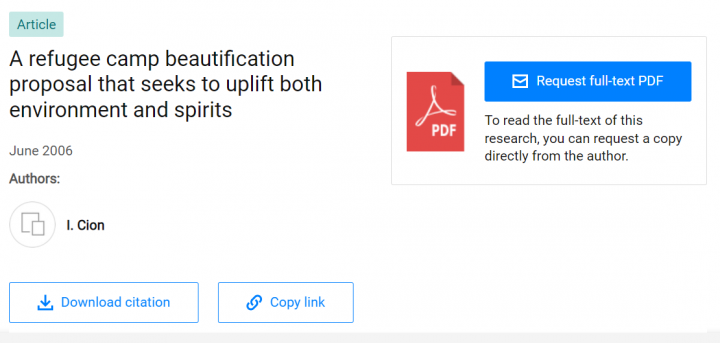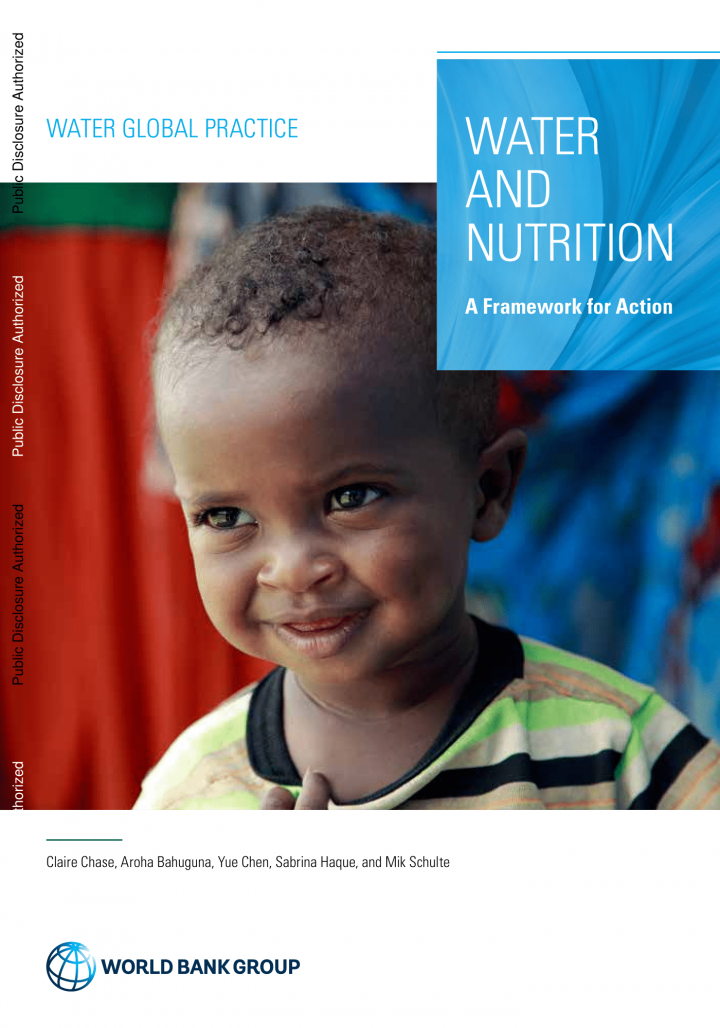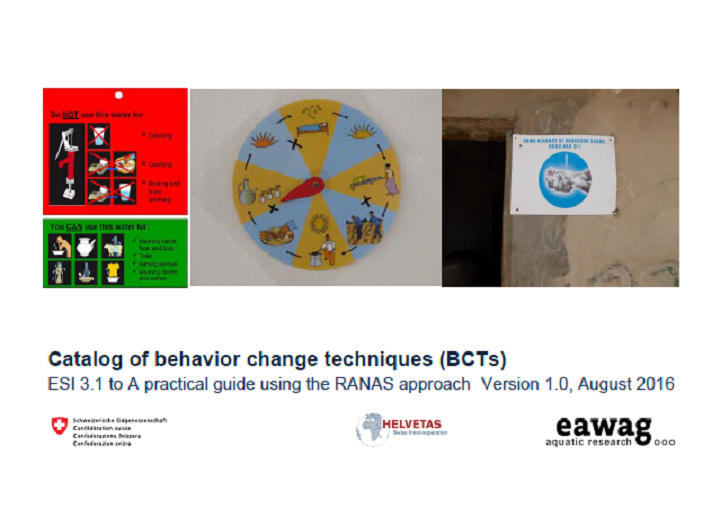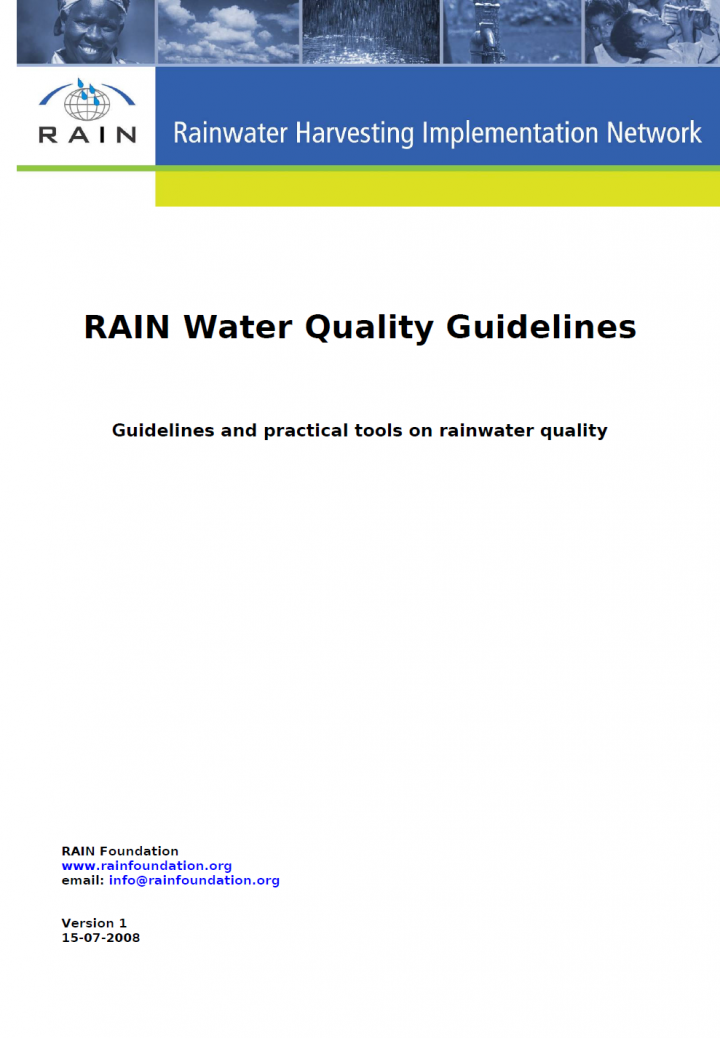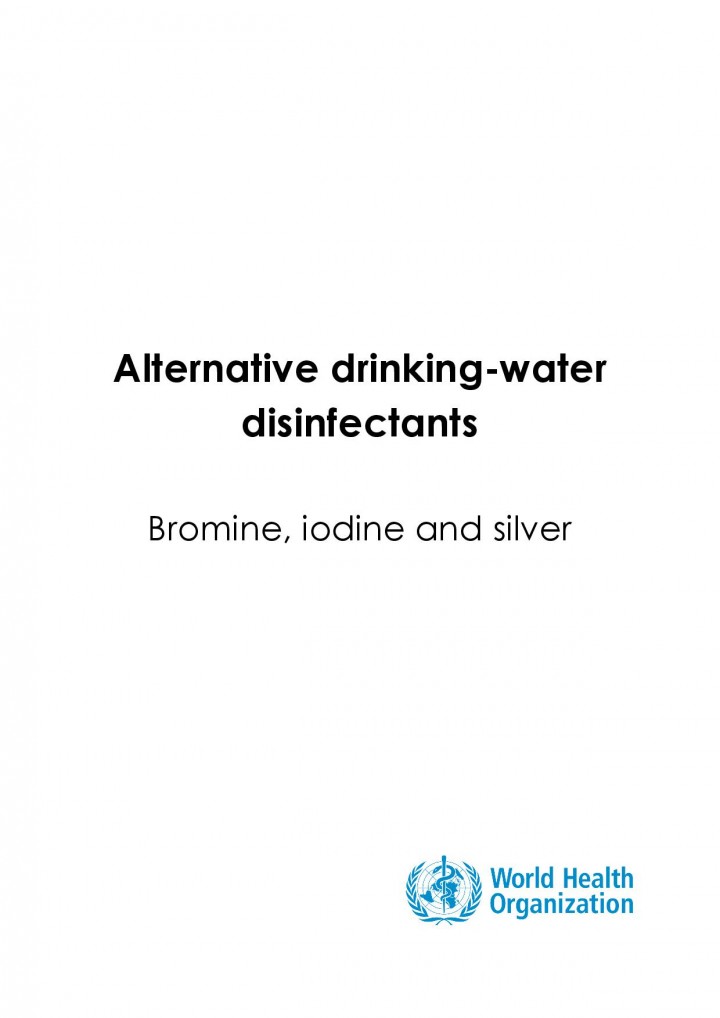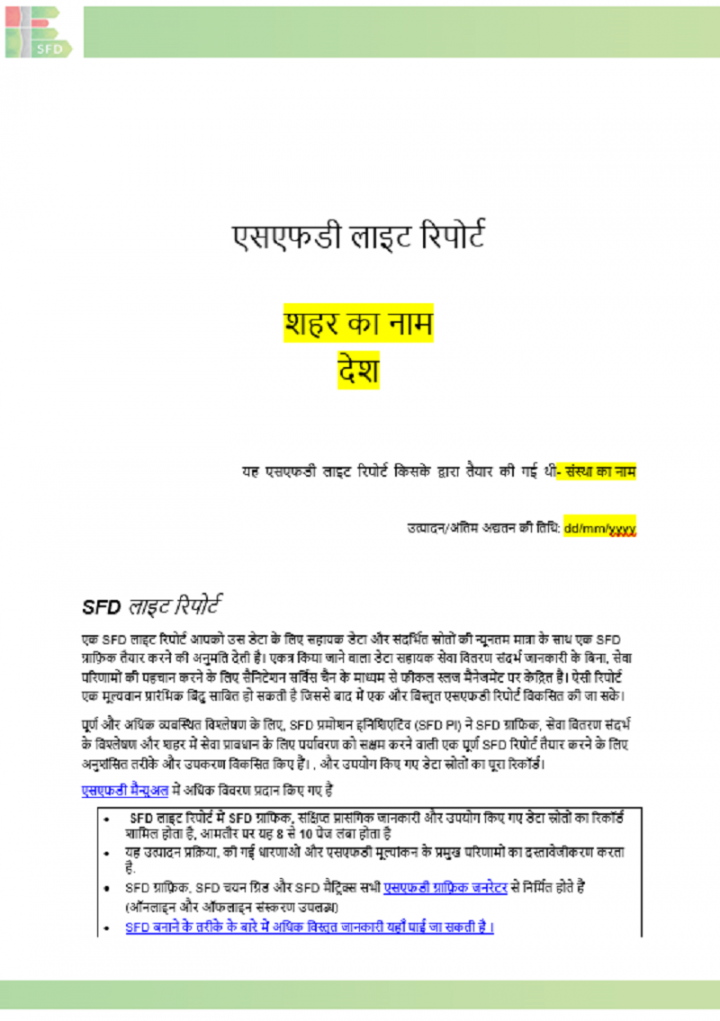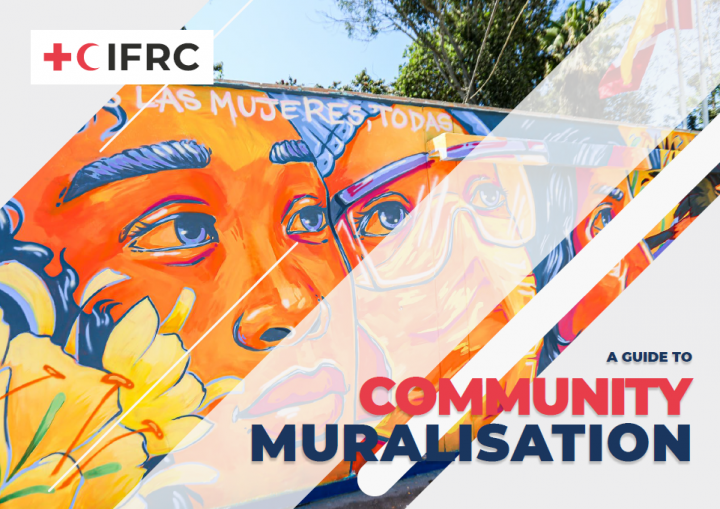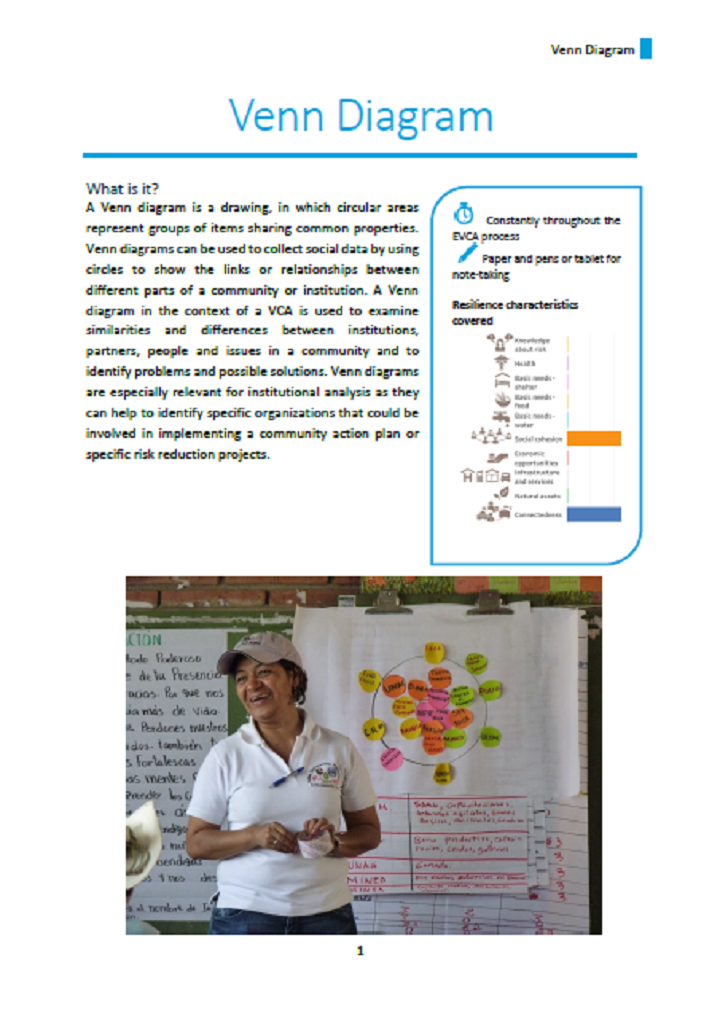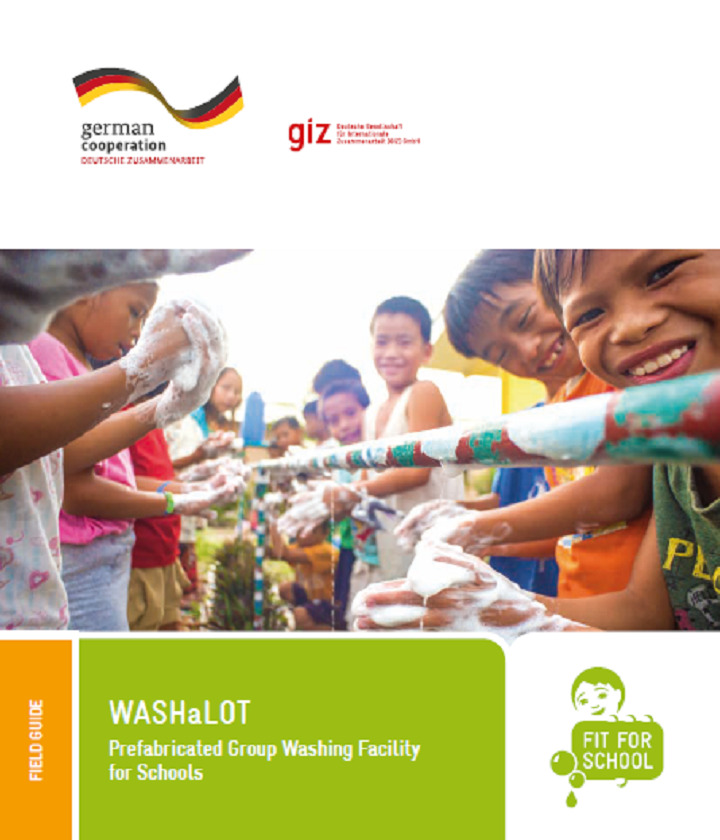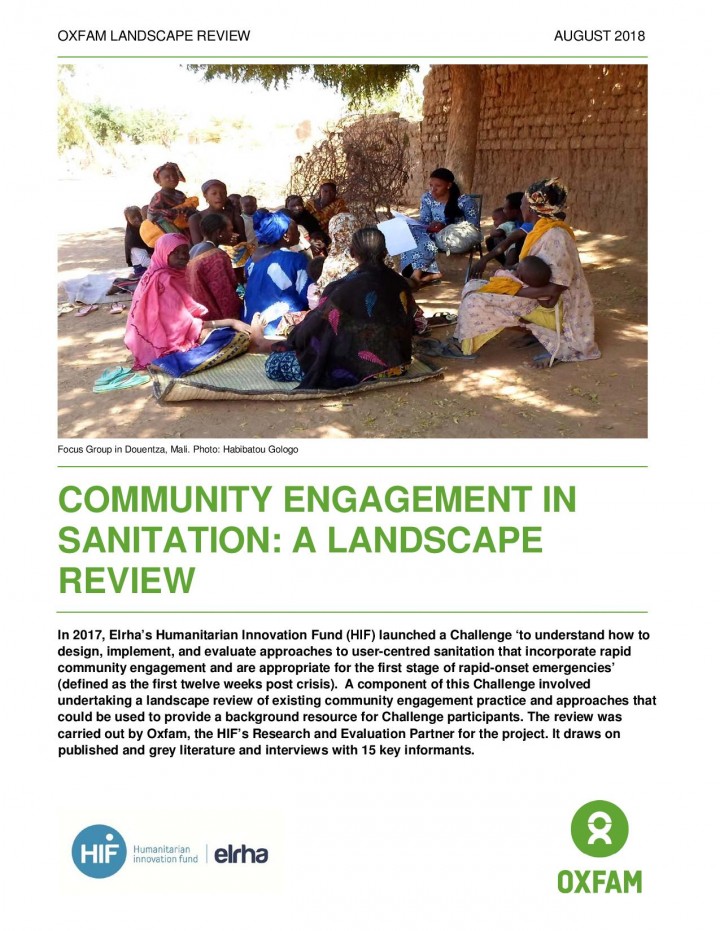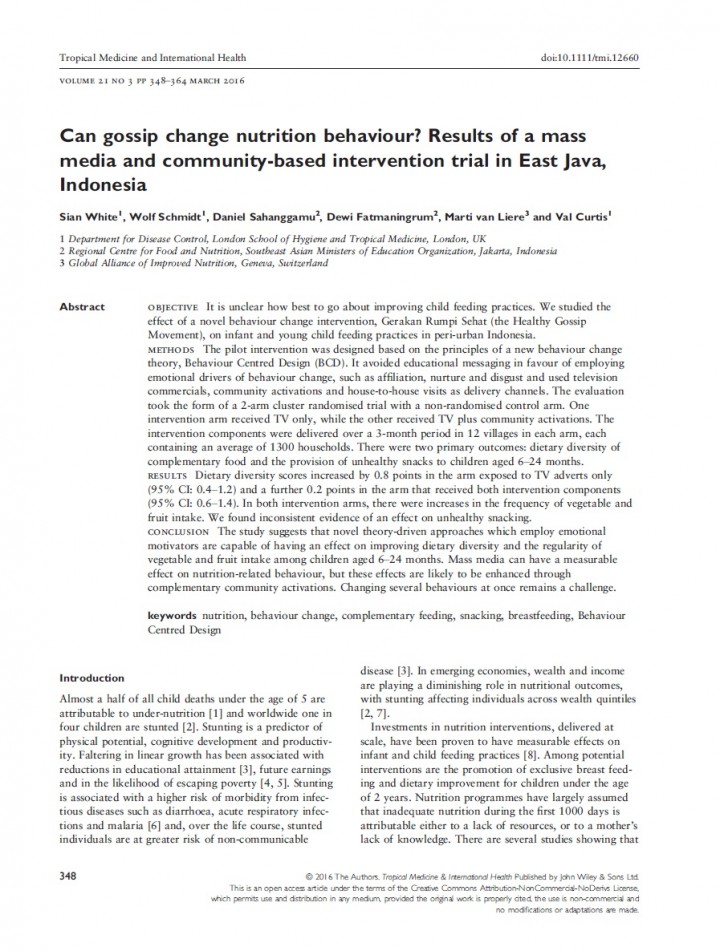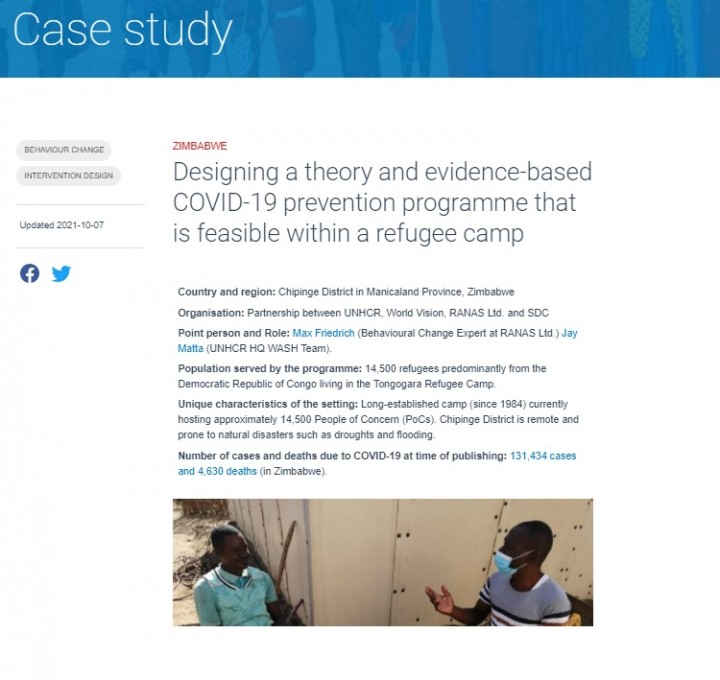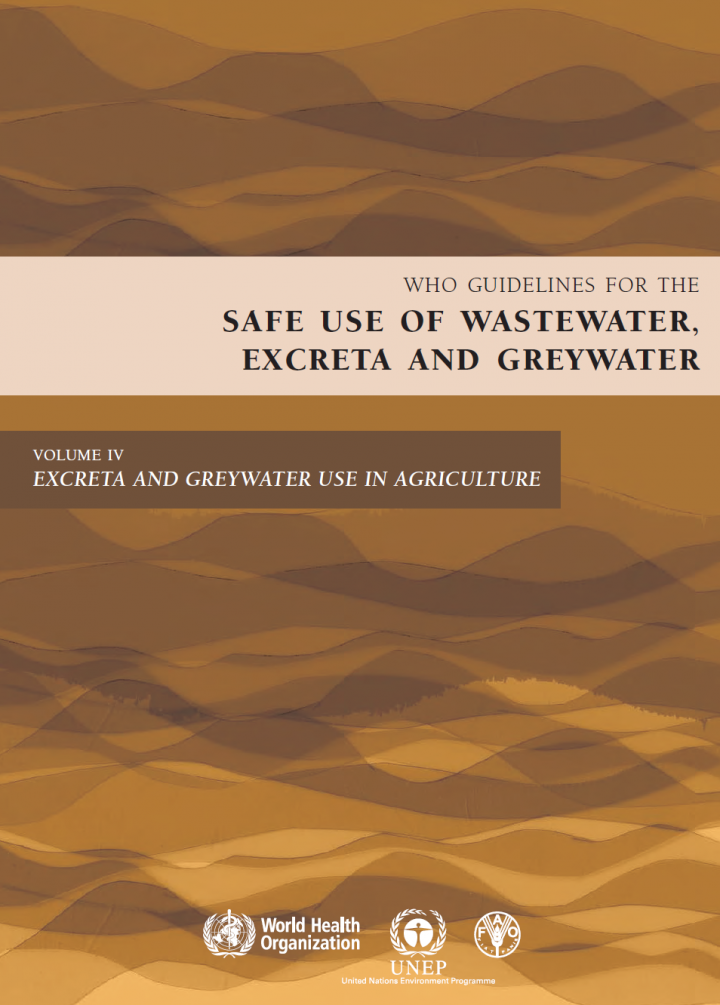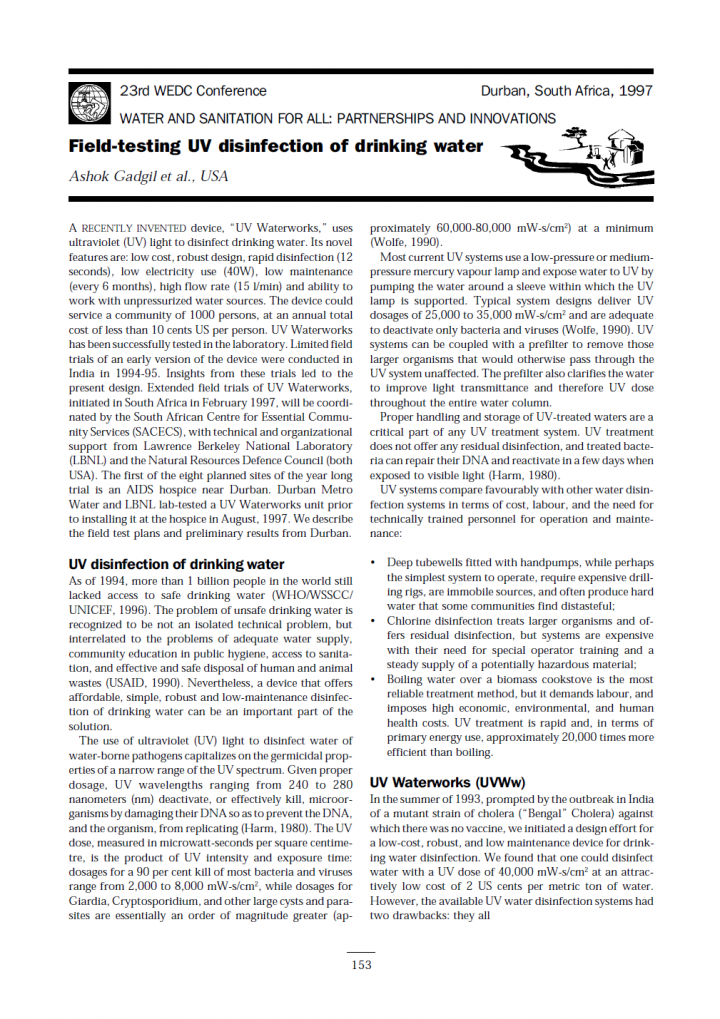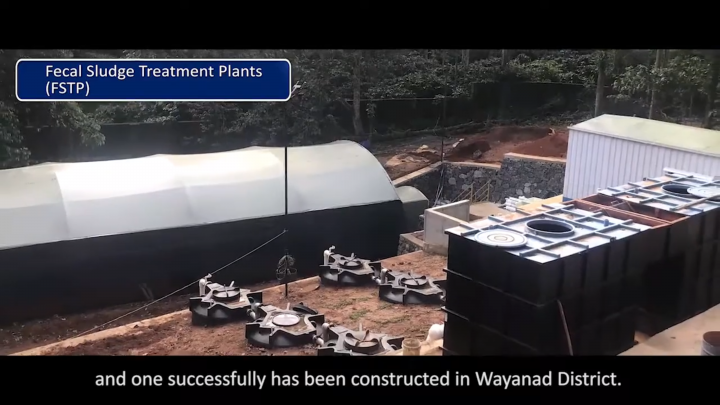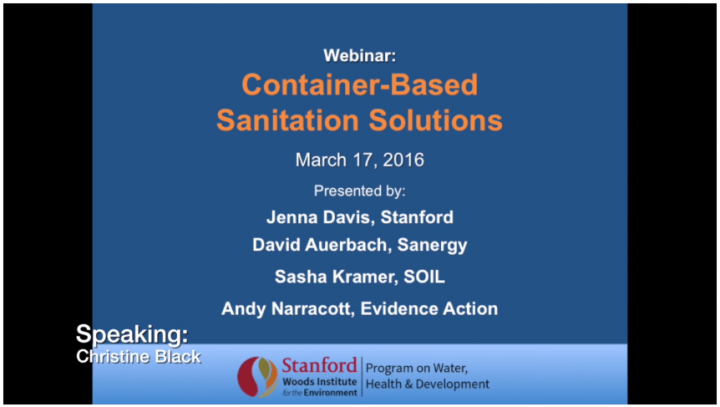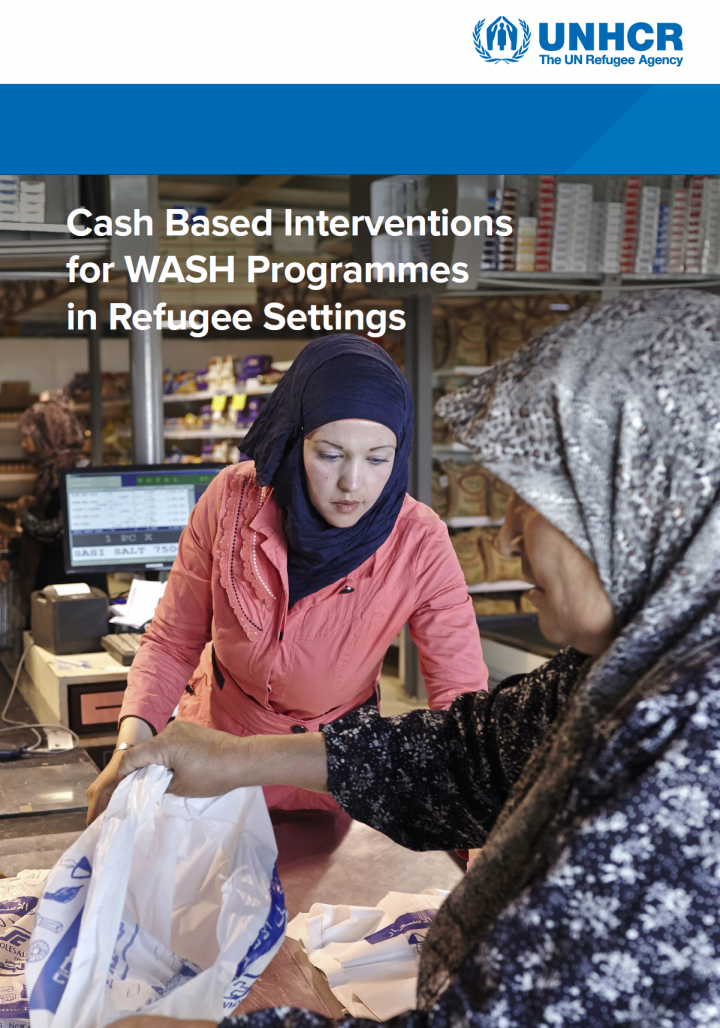Searching for information on Sanitation Workers?
The Sanitation Workers Knowledge + Learning Hub is the best source for all current news, trends, articles and updates on sanitation workers rights around the world.
A Refugee Camp Beautification project is proposed as a way to uplift both environment and to bring a positive identity to the refugees. A key component of the project is to maximize the sense of ownership and wellbeing. Two radical tools make this type of work possible: digital photography and large format printing onto high quality, durable, light-weight architectural fabrics. Regardless of the …
A rapid assessment of sanitation in Urban India using a National SFD brings out the reality of actual situation on ground and also maps the gaps in various stages of the sanitation chain. Given that the next phase of Swachh Bharat Mission is around the corner, it would be worthwhile to extract learning from the Shit Flow Diagram of Urban India, so that interventions can be supported in the areas …
Water tankering (also known as water trucking) can be a rapid means of transporting water to areas in need during the initial phase of an emergency. Tankering operations, however, are expensive and relatively time-consuming to administer. This technical note considers key issues relating to the effective and efficient use of tankers during an emergency.
Fecal sludge (FS) from on-site sanitation systems has to be well composted to reduce its pathogenic risk for reuse in agriculture, forestry or landscaping. Over the last decade, the International Water Management Institute (IWMI) has explored the use of FS in combination with other organic waste sources to optimize the FS treatment and composting or co-composting process for the production of a …
This framework for action was developed to support the inclusion of nutritional considerations in the design of water operations and to help formulate nutrition-enhancing water policy. Chronic undernutrition early in life can cause cognitive and physical impairments that prevent children from achieving their full potential and have lasting consequences on the human capital that is essential for …
This document will address RAINs guidelines towards water quality and will give practical
guidelines to improve and maintain an acceptable water quality of harvested rainwater for
drinking purpose. It will describe criteria for water quality of harvested rainwater, placed within
the socio-economic and geographical context of RAINs target countries. The most practical
approach of improving …
The Equality and Non-discrimination (EQND) and Community-led Total Sanitation (CLTS) Handbook provides practical guidance for ensuring that behaviour change interventions leave no one behind. Drawing on experience from across the sector, this handbook is specifically targeted towards those implementing or supervising CLTS interventions at the community level. Key features include a summary of …
Disinfection of water has greatly contributed to reducing risks to public health from microbiologically contaminated drinking water.
Numerous disinfection techniques have been developed over the centuries that are used in a wide range of applications, ranging from large and small public drinking-water plants to point-of-entry and point-of-use (POU) treatment devices.1 Although chlorine has been …
Community murals could help CEA practitioners to promote coexistence in public spaces; involving communities, it can be a vehicle for social cohesion and inclusion. This guide presents the steps to follow to develop a community muralisation activity within a migration framework.
A Venn diagram is a drawing, in which circular areas represent groups of items sharing common properties. Venn diagrams can be used to collect social data by using circles to show the links or relationships between different parts of a community or institution. A Venn diagram in the context of a VCA is used to examine similarities and differences between institutions, partners, people and issues …
The simple hygiene habits of handwashing with soap and toothbrushing significantly contribute to the health and well-being of children and should be part of their education. While the idea of teaching handwashing and toothbrushing in schools has been around for decades, the actual practice of these activities has been hindered by long queues around the washing station. The concept of building …
In 2017, Elrha’s Humanitarian Innovation Fund (HIF) launched a Challenge ‘to understand how to design, implement, and evaluate approaches to user-centered sanitation that incorporate rapid community engagement and are appropriate for the first stage of rapid-onset emergencies’ (defined as the first twelve weeks post-crisis). A component of this Challenge involved undertaking a landscape …
In order to effect improvements across the sanitation chain, an assessment was undertaken of the existing practices with respect to on-site containment structures. While already existing on-site structures need to be surveyed to ensure compliance with sanitary requirements, and enforcement in this regard has been taken up by ULBs in Tamil Nadu, another intervention identified was improvements to …
Objective: It is unclear how best to go about improving child feeding practices. We studied the effect of a novel behaviour change intervention, Gerakan Rumpi Sehat (the Healthy Gossip Movement), on infant and young child feeding practices in peri-urban Indonesia. Methods: The pilot intervention was designed based on the principles of a new behaviour change theory, Behaviour Centred Design (BCD). …
Needs assessment is essential for programme planning, monitoring and evaluation, and accountability, however needs assessment is still a critical weakness of humanitarian response. Organizations urgently need to improve how they do assessments. ACAPS and the Emergency Capacity Building Project (ECB) have produced this guide to fill the gap that existed for a practical resource that pulls together …
UNHCR, World Vision, and RANAS Ltd. came together in April 2020 to design a theory-driven evidence-based behaviour change intervention aiming to increase handwashing with soap (HWWS) and physical distancing among Tongogara Refugee Camp residents in response to the COVID-19 pandemic.
Volume 4 of the Guidelines for the safe use of wastewater, excreta and greywater provides information on the assessment and management of risks associated with microbial hazards. It explains requirements to promote the safe use of excreta and greywater in agriculture, including minimum procedures and specific health-based targets, and how those requirements are intended to be used. This volume …
As of 1994, more than 1 billion people in the world still lacked access to safe drinking water (WHO/WSSCC/ UNICEF, 1996). The problem of unsafe drinking water is recognized to be not an isolated technical problem, but interrelated to the problems of adequate water supply, community education in public hygiene, access to sanitation, and effective and safe disposal of human and animal wastes …
The Government of Kerala became open defecation free in 2016, allowing it to tackle the next challenge on the sanitation cycle - Faecal Sludge management. With funding support and supervision from UNICEF, and technical implementation by PriMove and TBF Environmental Solutions, Wayanad district constructed a Faecal Sludge Treatment Plant (FSTP) that uses earthworms to filter through the waste and …
The COVID-19 pandemic has impacted our lives since early 2020. Children suffer especially under the outbreak, as it is estimated that, globally, over one billion school children are staying home (as at June 2020) with a high number of children not continuing their education online. Nevertheless, the COVID-19 outbreak has been addressed and controlled in some countries, and gradually workplaces, …
Human rights underpin all aspects of UNHCR’s international protection work and provide a basic normative framework governing UNHCR’s protection and asistance activities, including in support to access water, sanitation and hygiene (WASH) services. UNHCR supports the full implementation by States of their obligations under international and human rights law as provided for, inter alia, in the …

